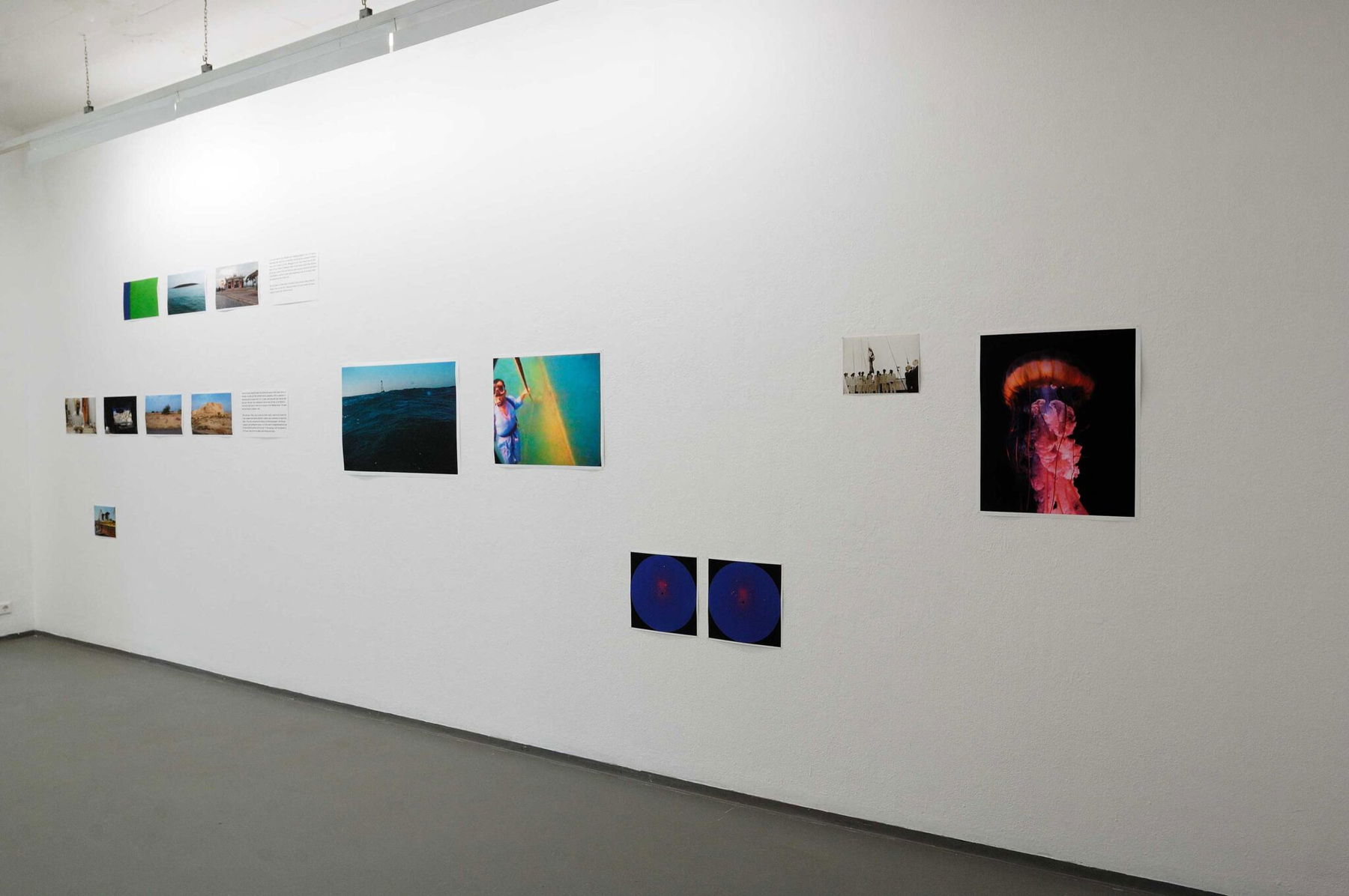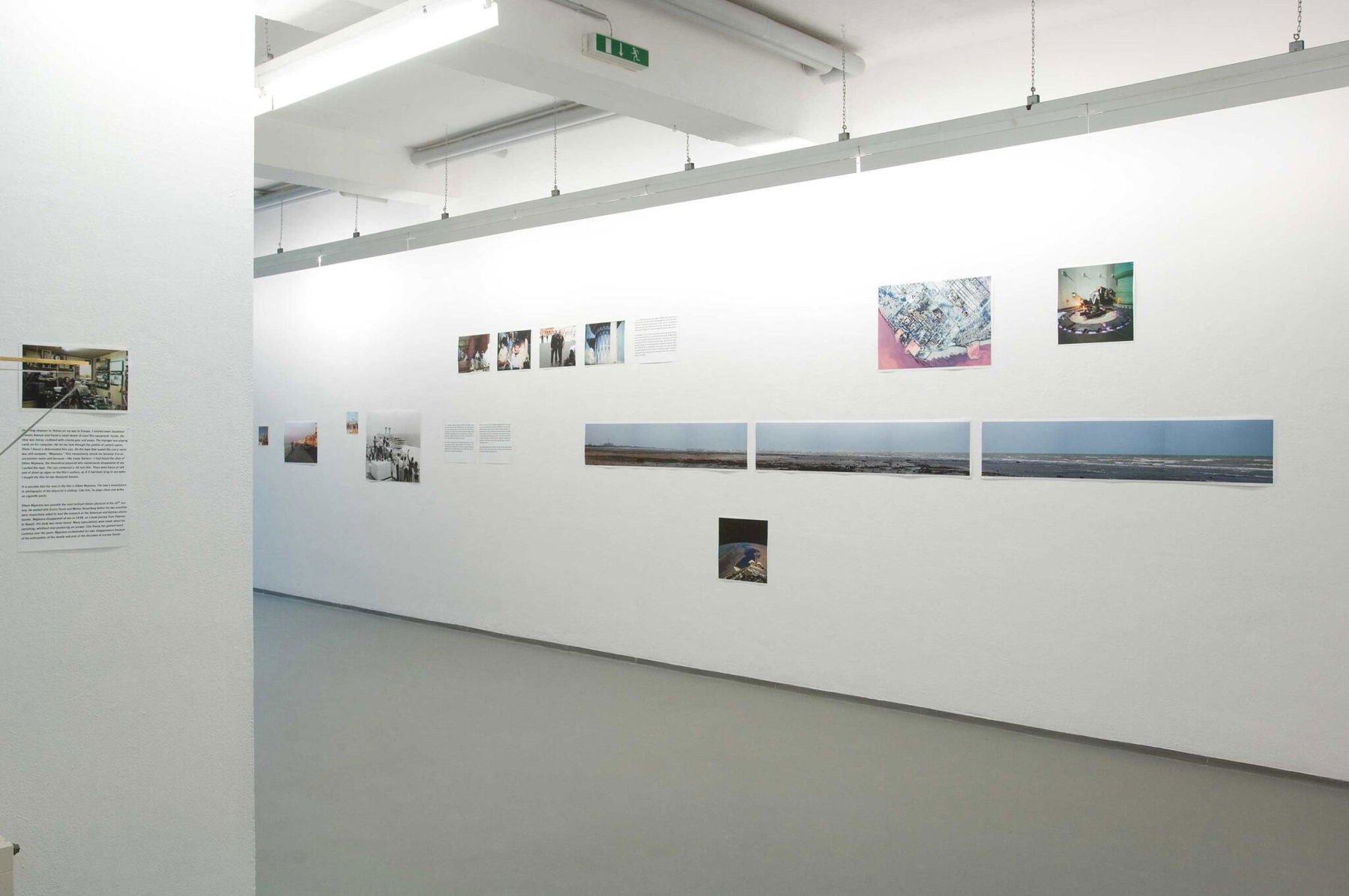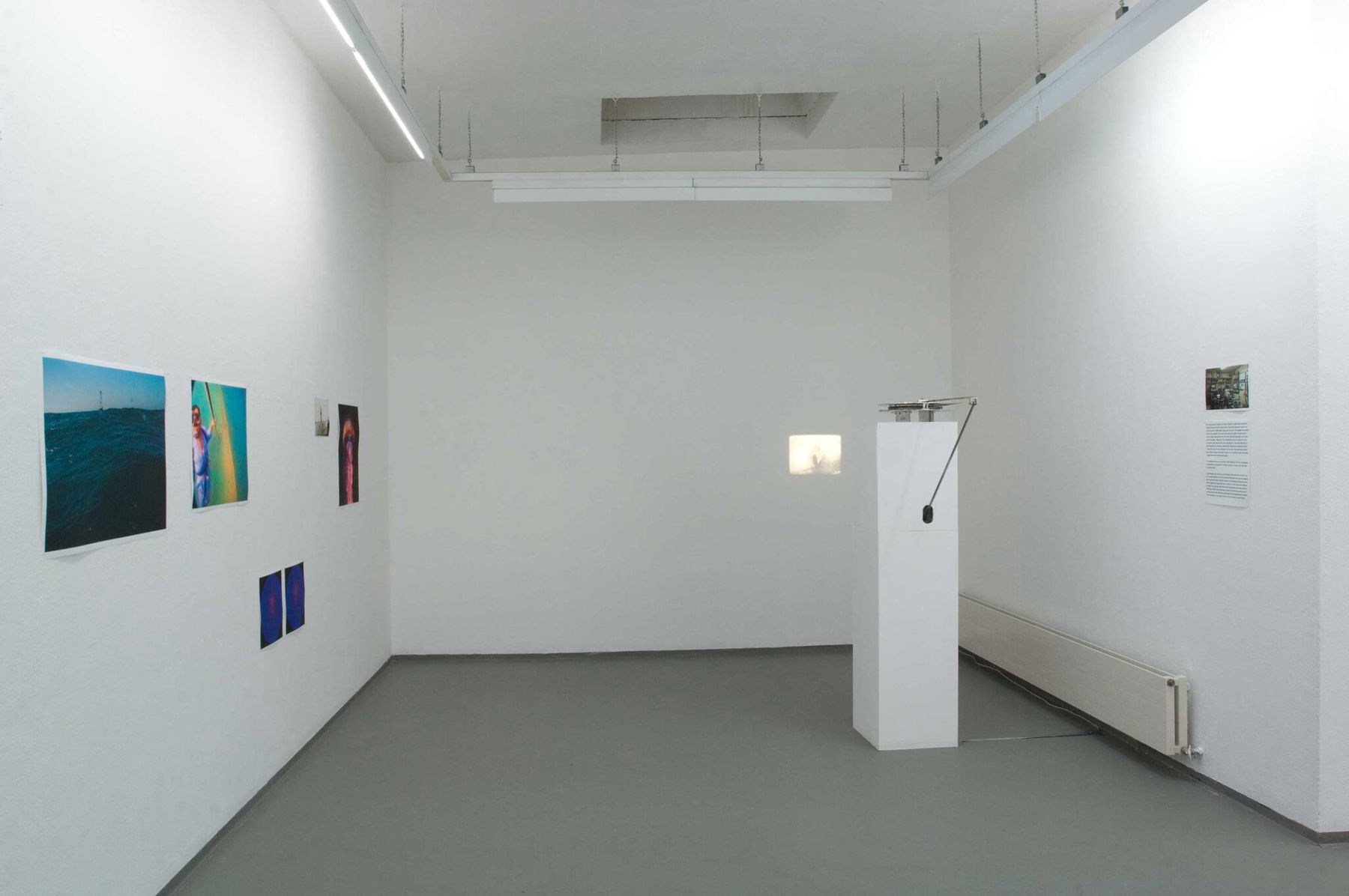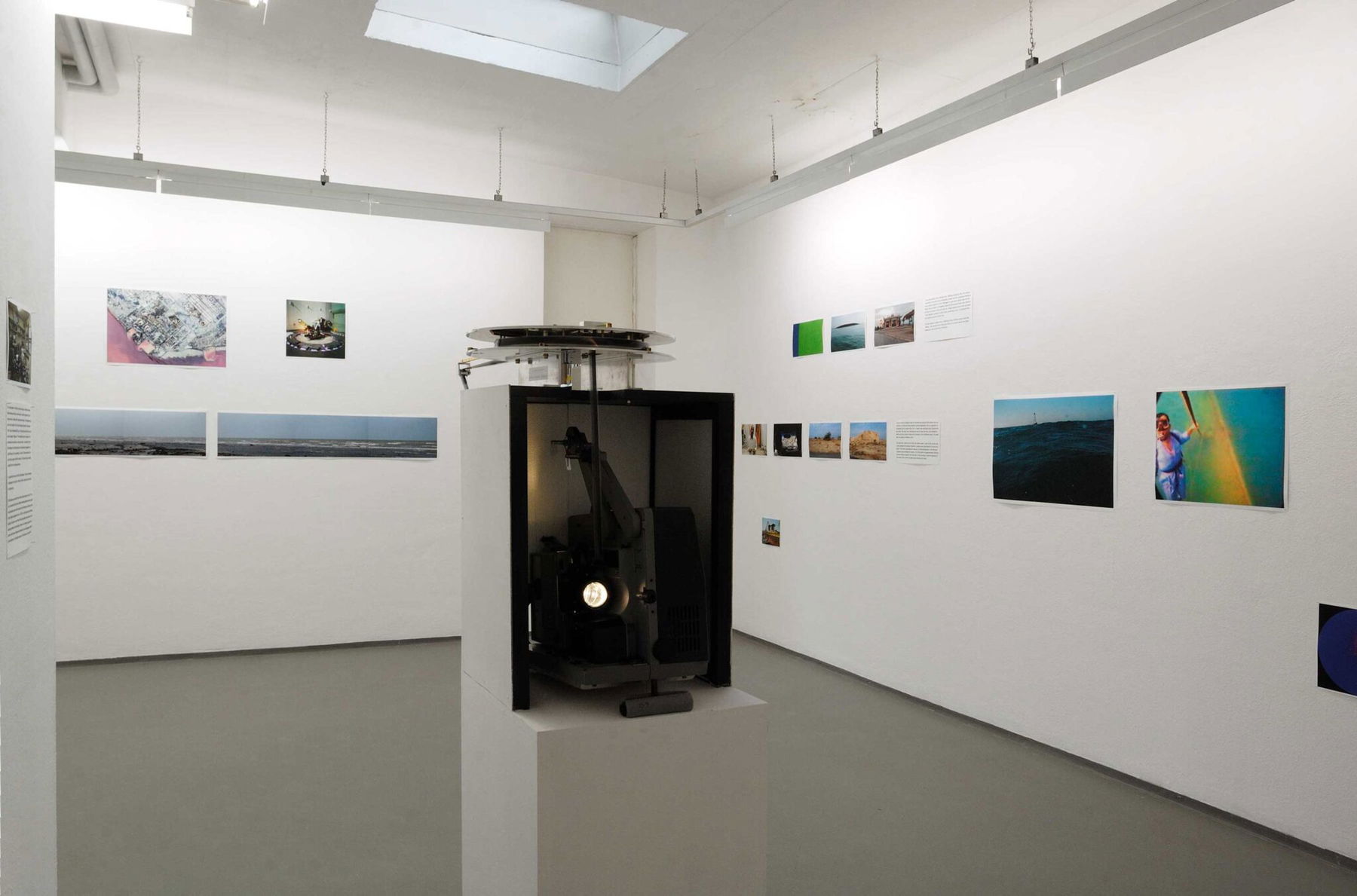Marco Poloni
Persian Gulf Incubator
Marco Poloni has been regarded as an important representative of Swiss art since his participation in the Swiss Pavilion at the 51st Venice Biennale in 2005. In his first solo exhibition in Austria, the FOTOHOF is showing three new works by the artist, who lives and works in Berlin and Chicago. In his work, the artist deals with the image patterns of the mass media photography and film, which are deeply anchored in the collective memory, as well as their relationship between reality and its representation mediated by the camera. In doing so, he uses the means of photography (as in Freiburg and Venice) as well as media installations. His serial image designs, which often have their origins in current events, draw the viewer into a world in which the boundaries between document and fiction become blurred.
Persian Gulf Incubator
It is often themes from contemporary history that develop into large, poetic images in associative image combinations. The starting point can be, as in the concrete exhibition contribution “Persian Gulf Incubator”, a found amateur photograph from 1970 showing a woman waving in a group of passengers in front of an Italian luxury cruise ship, the “Raffaello”, in New York harbour. This found photo provides the background for a (also autobiographically motivated) research – as a child, Poloni himself travelled on this ship from New York to Naples – which generates inexorably into a dramatic scenario as a large media wall installation, right up to the central setting of the artist’s undercover exploratory journey, the Iranian reactor site Bushehr, which is considered a primary target of attack by the United States.

The Sea Rejected Me
In his second work for the FOTOHOF, “The Sea Rejected Me”, the artist is also concerned with the (re)construction of a (life) story in the context of the nuclear arms race. The famous Italian nuclear physicist Ettore Majorana, who disappeared without trace on the high seas in 1938, is at the centre of a film installation that refers to the discovery of a black-and-white film in an Iranian film shop. This document shows a man who bears a certain resemblance to Majorana. This gives rise to further speculation about his disappearance, which has not been clarified to this day. Here, too, the artist attempts, through intensive research, to establish references to lifestyles that experience a highly complex, aesthetic visual language in their medial realisation.
The Sea of Majorana
The third contribution to the exhibition, “The Sea of Majorana”, presents a radioactive sea film sequence, so to speak, before nightfall. The underlying radioactivity permeates the film material. In addition, a voice is heard off-screen reading a scientific essay by Majorana. The film is anchored in an unspecified future after a nuclear explosion. It is an ominous meditation on the nuclear age. This exhibition, conceived jointly with the Museum für Photographie in Braunschweig, will be extended there in May, when the artist will show another work that is also available in book form. In Displacement Island, Poloni takes us to the Sicilian island of Lampedusa, which on the one hand is considered a tourist paradise, but at the same time confronts our rich society with the poorest in the world, stranded migrants from Africa.





